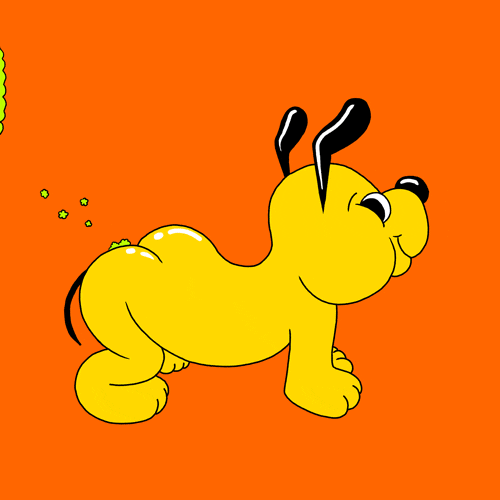Andy O'Leary
Active Member
- Joined
- Dec 2, 2018
- Messages
- 35
- Reaction score
- 4
I am now drinking my 2nd ever batch of beer, and whilst I have a lot less sediment than my first batch, I still have a small amount within the bottles. I believe again I was a little too impatient and bottled a little too early. Anyways, every time I open a bottle i end up poring a small amount of beer down the drain because of the sediment, am I wasting perfectly drinkable beer or am I doing the right thing?







 )
)